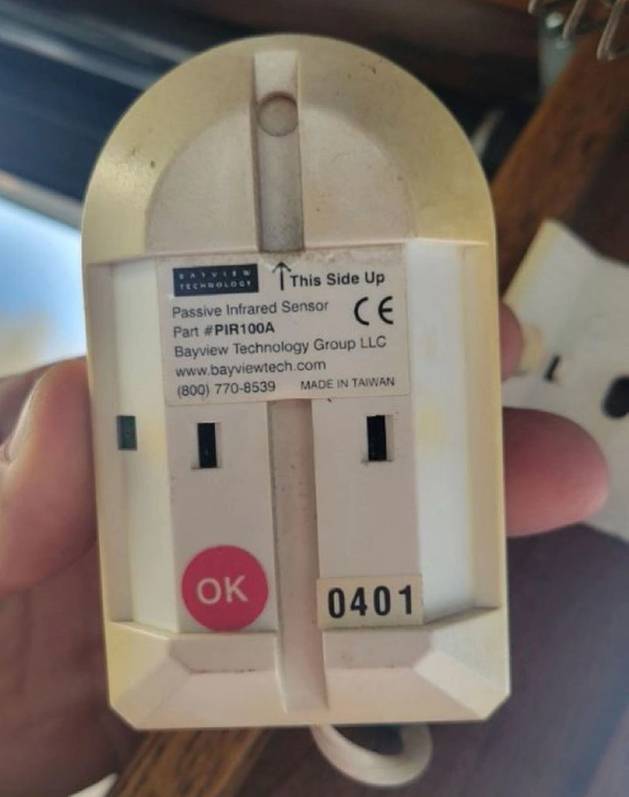Operator Falls Asleep at the Helm, Safety System Failed says USCG
A towing vessel was pushing a barge loaded with aggregate when it allided with a bulk liquid transfer terminal pier on the Columbia River. The Coast Guard’s marine casualty investigation determined that the operator fell asleep at the helm, resulting in more than $1.5 million in property damage to the barge, handling equipment, and the facility.
The incident occurred near a pipeline that could have discharged 25,000 gallons of synthetic diesel into the waterway.

The investigation also identified the failure of the Pilothouse Alerter System as a key contributing factor. Required by 46 Code of Federal Regulations (CFR) §143.450 for towing vessels more than 65-feet in length with overnight accommodations and single-person pilothouse watches, this system monitors bridge activity and detects incapacitation of the vessel’s operator. The system should trigger an alarm at adjustable intervals, not exceeding 10 minutes, and reset via methods like pushbuttons, floor pedals, or motion detection.
During this incident, the system's time interval was set to 10 minutes and relied on passive infrared (PIR) detectors to monitor motion in the pilothouse. However, PIR sensors, which detect motion, were influenced by non-human movements such as swinging cables and oscillating fans,
causing the system to fail in detecting the operator's inactivity.
The system used was not designed by a marine equipment manufacturer, which raises concerns about its reliability in marine environments.
This case highlights the widespread use of similar systems with motion detection components not specifically designed for marine use, which technically meet regulatory requirements while introducing significant safety risks.

To help prevent similar casualties, the Coast Guard strongly recommends that vessel managers, owners, and operators:
- Ensure alarm intervals are appropriate for the vessel's route and conditions. Assess the impact of 10 minutes of unattended operation based on the current route (e.g., river versus open ocean routes).
- Consider replacing current systems with ones specifically designed by marine equipment manufacturers for marine environments.
- Update company safety policies for Pilothouse Alerter Systems to address required alarm intervals, proper training, and maintenance per
the manufacturer’s recommendations. - Confirm the system functions as intended, without tampering. Ensure alarm resets are not bypassed with tape, and movement sensors are not circumvented by objects like oscillating fans with paper or ribbon streamers.
- Consider voluntarily installing marine-grade Pilothouse Alerter Systems on vessels under 65 feet, even though not required by regulation.
In accordance with 46 CFR § 143.200(c), existing towing vessels must meet the pilothouse alerter requirements of § 143.450 no later than 5 years after the issuance of the first Certificate of Inspection (COI) for the vessel. Delayed implementation of this provision does not apply to a
new towing vessel.
(Source: United States Coast Guard Marine Safety Alert, January 2, 2025)
